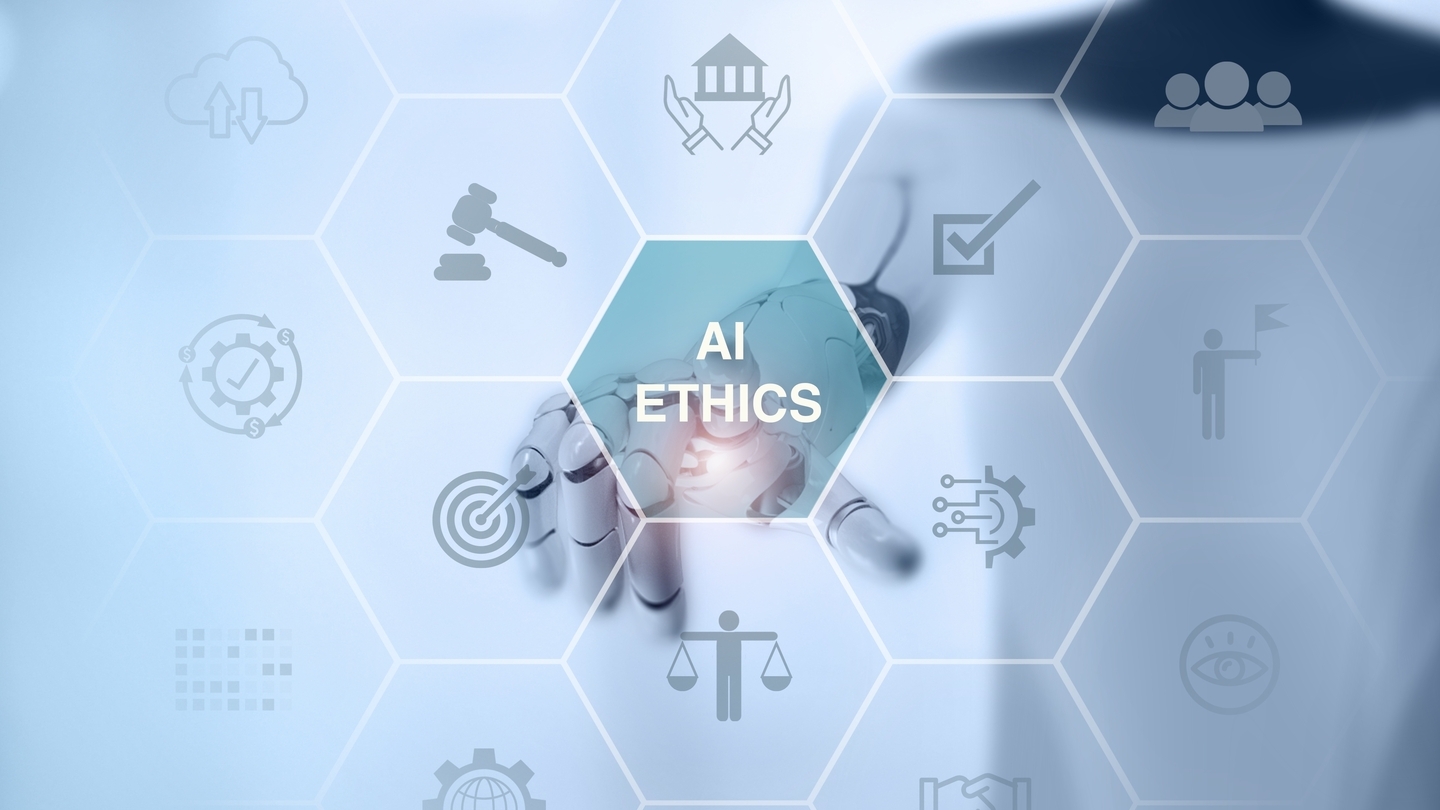The advent of cloud computing technologies means the broadcast industry is currently undergoing a seismic shift. This transition from traditional hardware-based setups to complex IT-centric systems is fundamentally altering the landscape of media production. Industry veterans Stuart Ray, the Head of Skills and Development at The IABM and Damon Neale, the Managing Director of consulting firm Mediate Solutions highlight the urgent need for a revamped approach to training and development within the industry.
The Growing Demand for Hybrid Skills
Both Ray and Neale identify a growing need for professionals who are well-versed in traditional broadcast technology as well as contemporary IT practices, with a special emphasis on cloud computing and IP workflows. According to Ray, the IABM’s courses dealing with IP, Video over IP, and IP and File-Based Workflows are the organisation’s most popular. He believes that this reflects a significant pivot towards IT-centric capabilities within the broadcast sector.
“It’s important to remember that the fundamentals of broadcast tech haven’t really changed - it’s still ultimately a process of transporting a signal from A to B,” - Stuart Ray, Head of Skills and Development, The IABM
Neale emphasises the scarcity of cross-functional expertise in the industry, “A lot of the public cloud providers are willing to provide solution architects to help design how to best deploy in their cloud,” he says. “They are often absolutely fantastic. The only problem is, they might not understand our industry. It’s incredibly difficult to find people that have a broadcast background and truly understand the cloud because there are such deep skill sets, knowledge, and experience required in each of them,” he says, highlighting the depth of the challenge...
You are not signed in.
Only registered users can view this article.

Finding our ethical true north on AI: Part II
Part two of our insight into AI ethics and regulation continues with observations on industry efforts around standards and best practices, and why human impact should be the guiding force. James McKeown reports.
/Source - shutterstock_2464837145 (1).jpg)
Digital Catapult: AI innovations to supercharge the creative industries
Accelerated VFX workflows, video game characters you can converse with, and auto-generated visual experiences from sound for XR headsets are just some of the AI innovations devised by start-ups as part of a recent Digital Catapult programme. Adrian Pennington reports.
.jpg)
Neural Radiance Fields – A new approach to 3D modelling
From the chemical, mechanical and electrical process of creating a film, to the rise of virtual production, visual storytelling has always turned to cutting-edge technologies. Now Neural Radiance Fields (NeRF) could replace the traditional technological foundations that broadcasting and film are built upon. IBC365 speaks to leading researcher, Professor Ravi Ramamoorthi.
.jpg)
Future predictions – Part II: Leaders and analysts
The coming year hints at big changes in focus and innovations for the media and entertainment world. With giant leaps in AI advancements, streamlining production and the road ahead for ad-tech, how can vendors meet the demands of the hungry yet cost-conscious consumer, whilst staying ahead of the game? John Maxwell Hobbs gathers more expert insight from leaders and analysts in the second part of our future predictions series.

Future predictions – Part I: Broadcasters and suppliers
As we wrap up 2024, it’s time to consider what lies ahead for the media industry in 2025. John Maxwell Hobbs probed industry executives to share their crystal ball predictions on themes spanning the impact of AI, the transition from hardware to software-based solutions, data security and ways of reaching new audiences.




